If we asked you what your real hair color is, would you know? If you’re like us, your “real” hair color hasn’t been real for… let’s just say, some time. Whether you dye it, bleach it, highlight it or engage in any number of color treatments, your natural hair color can be a loaded answer. But it’s important to know — especially if you color treat your hair.
That’s where “hair levels” come in. In the context of hairdressing, hair level is a universal system (yep, all hair dressers use the same one) to standardize hair color charts. Basically, it’s made up of 10 numbers that categorize how light or dark your hair is — 1 being the darkest black and 10 the lightest blonde.
When you head to the salon for a little (or big) color change, the shade you select will depend on your hair’s current “hair level,” and where you want to go. But what is your current level, you might be asking. To find out, gently take a section of hair from the crown of your head and hold it out, away from the rest. Compare it to a level chart (you can find one here), and voila.
Since your hair level—and even your hair type—is important when determining what color you may want to be in the future, let’s dig into the details.

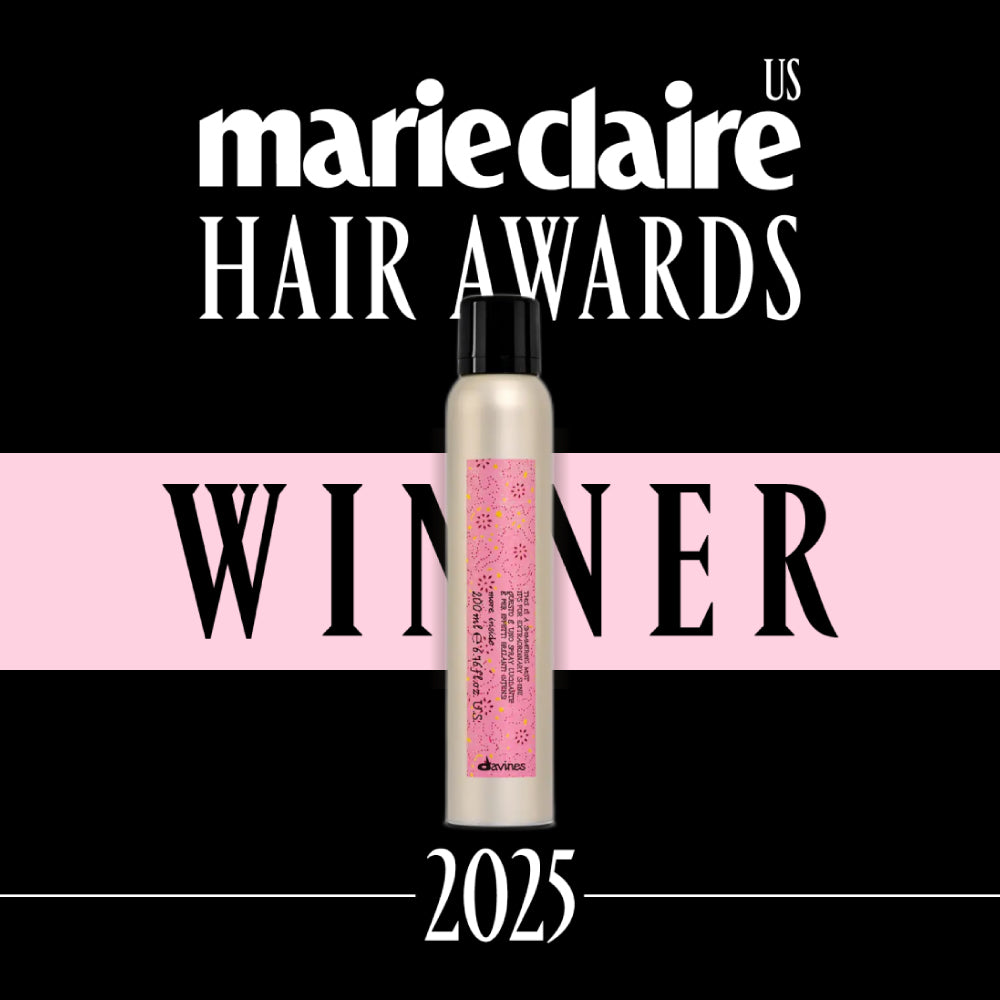
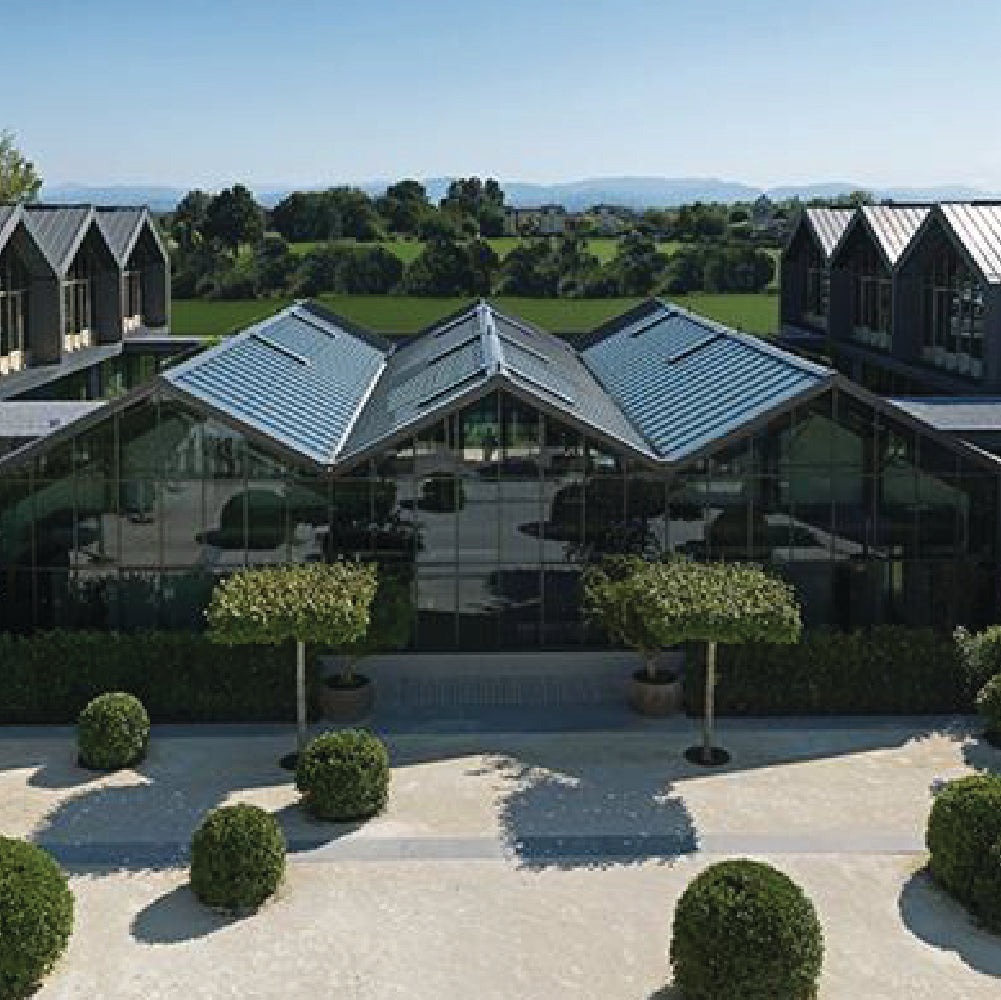
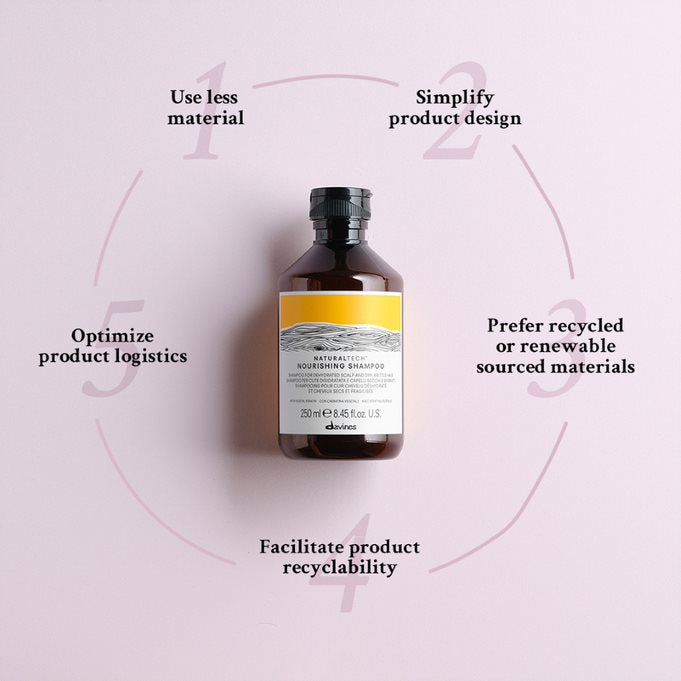
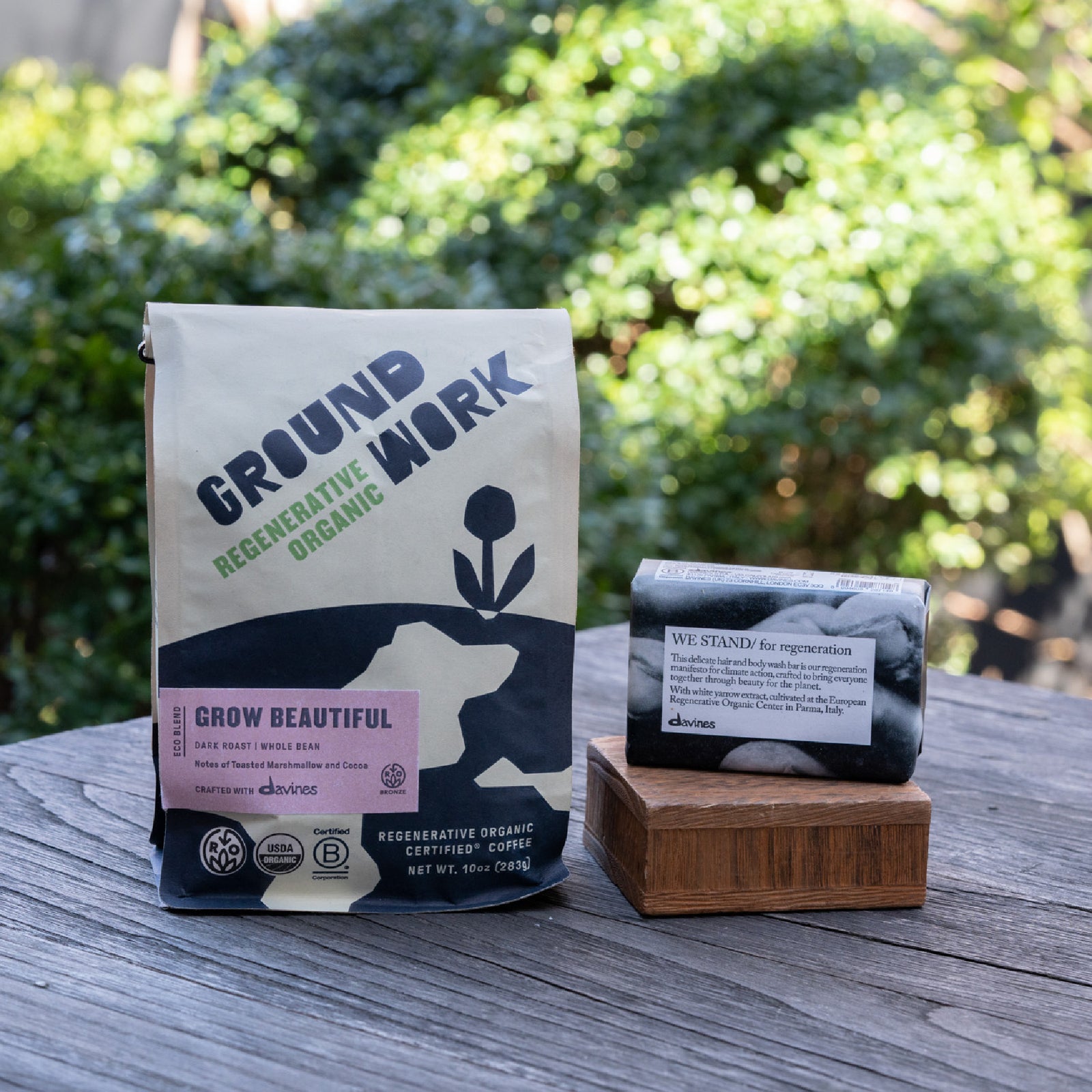
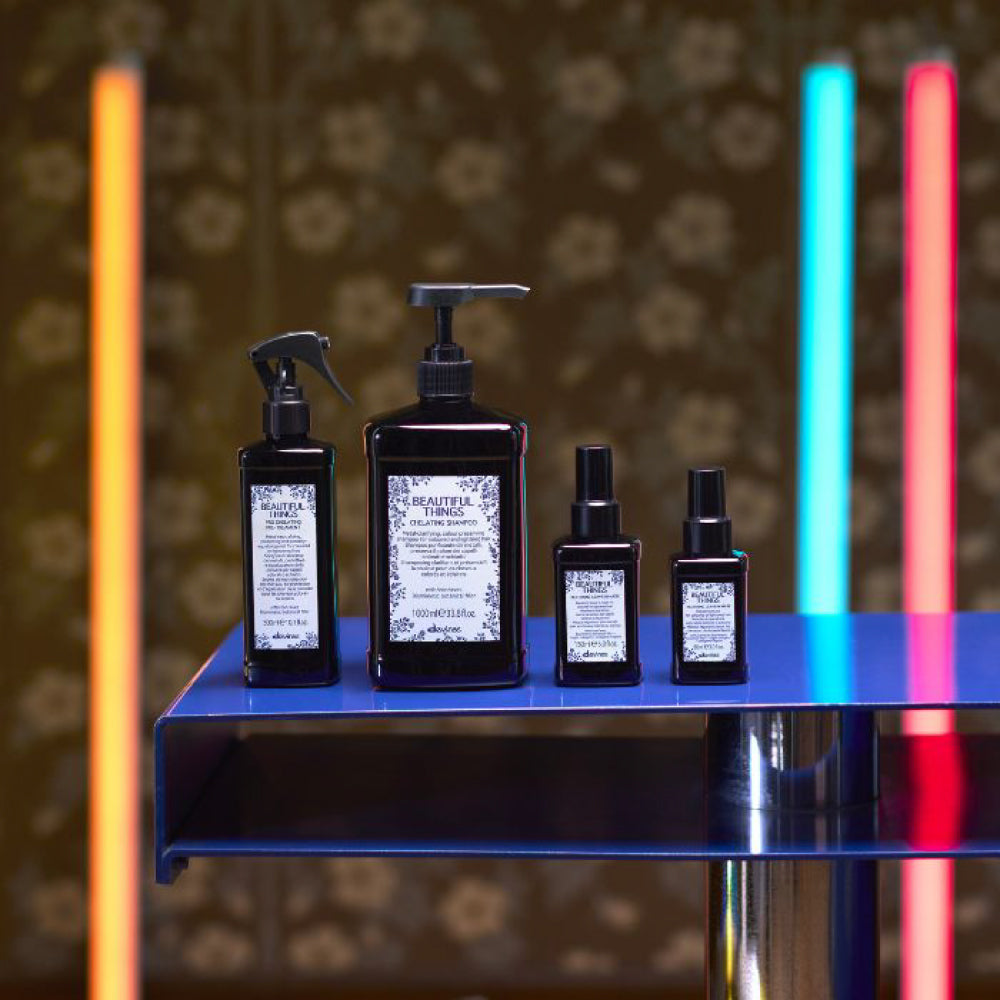
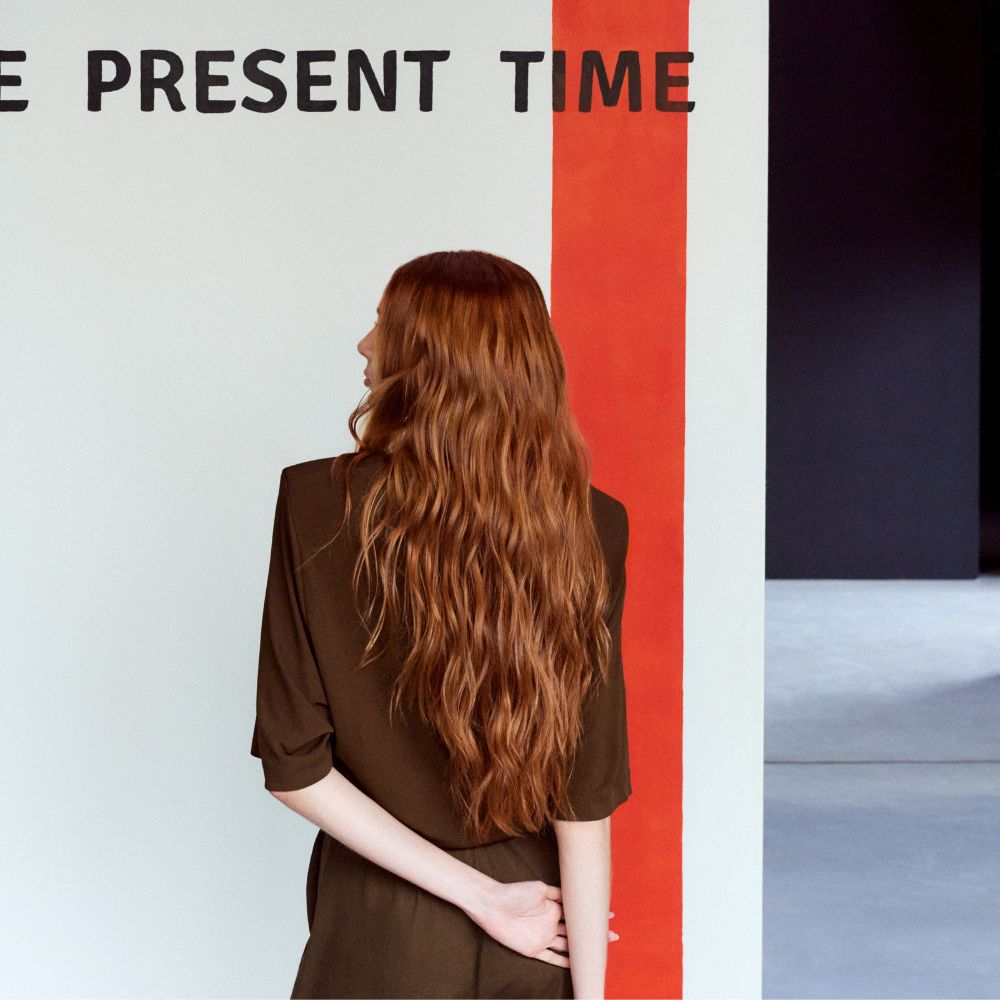
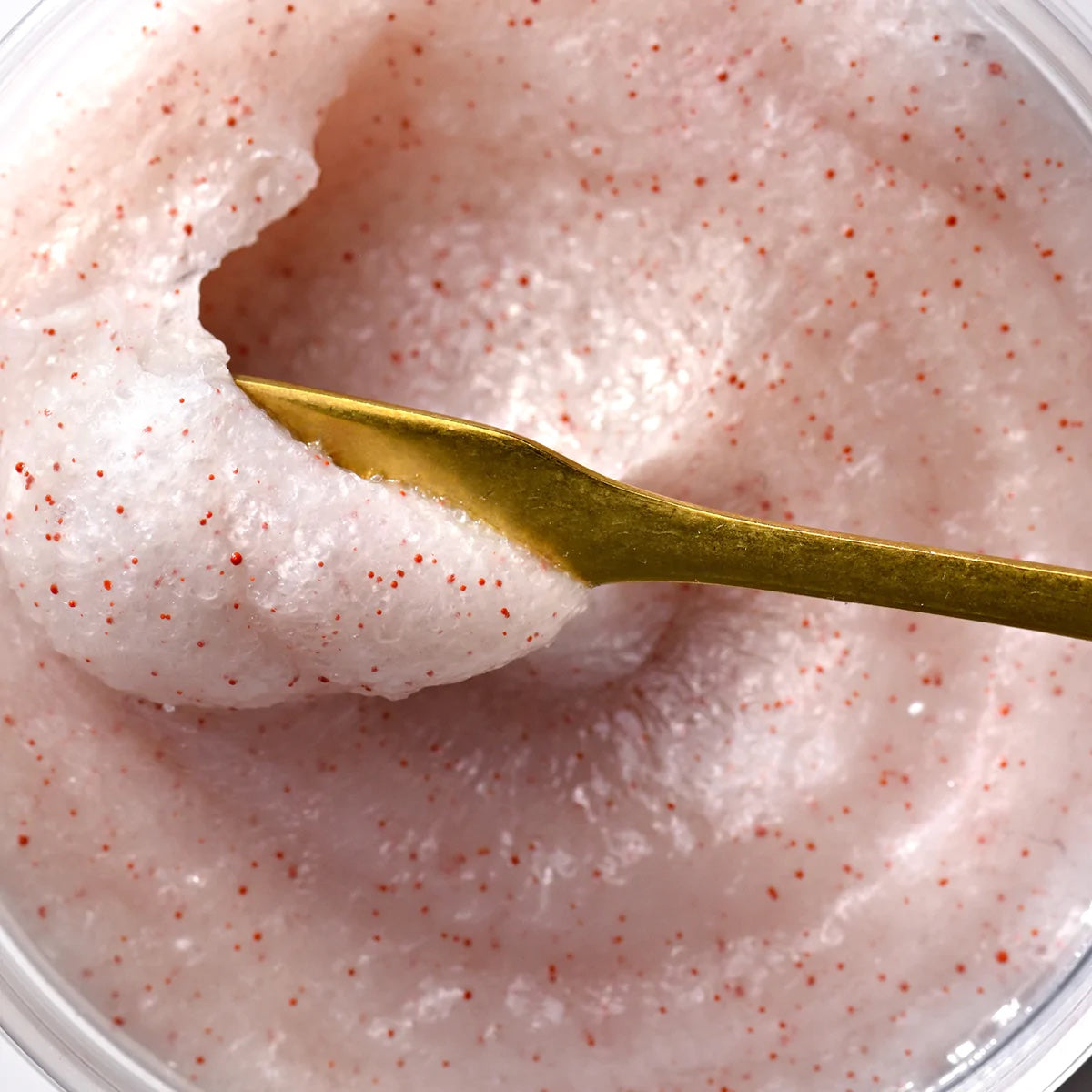
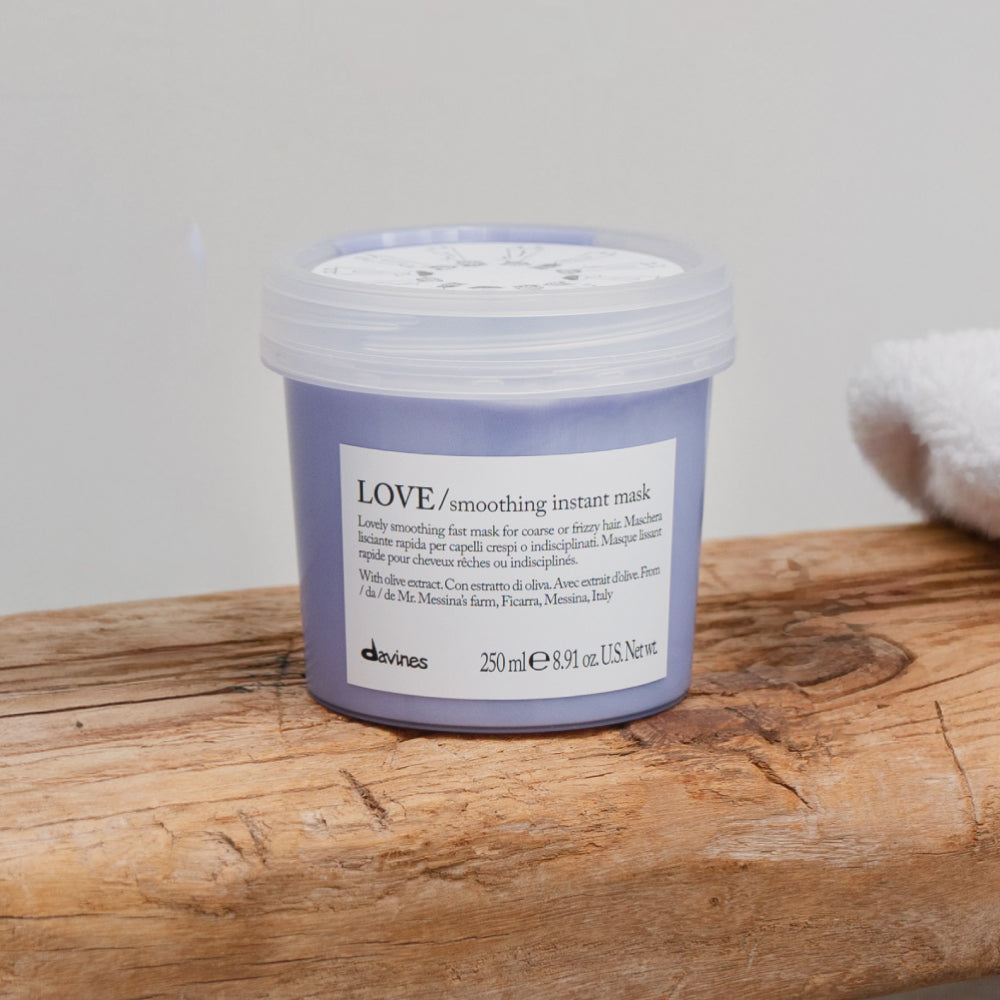
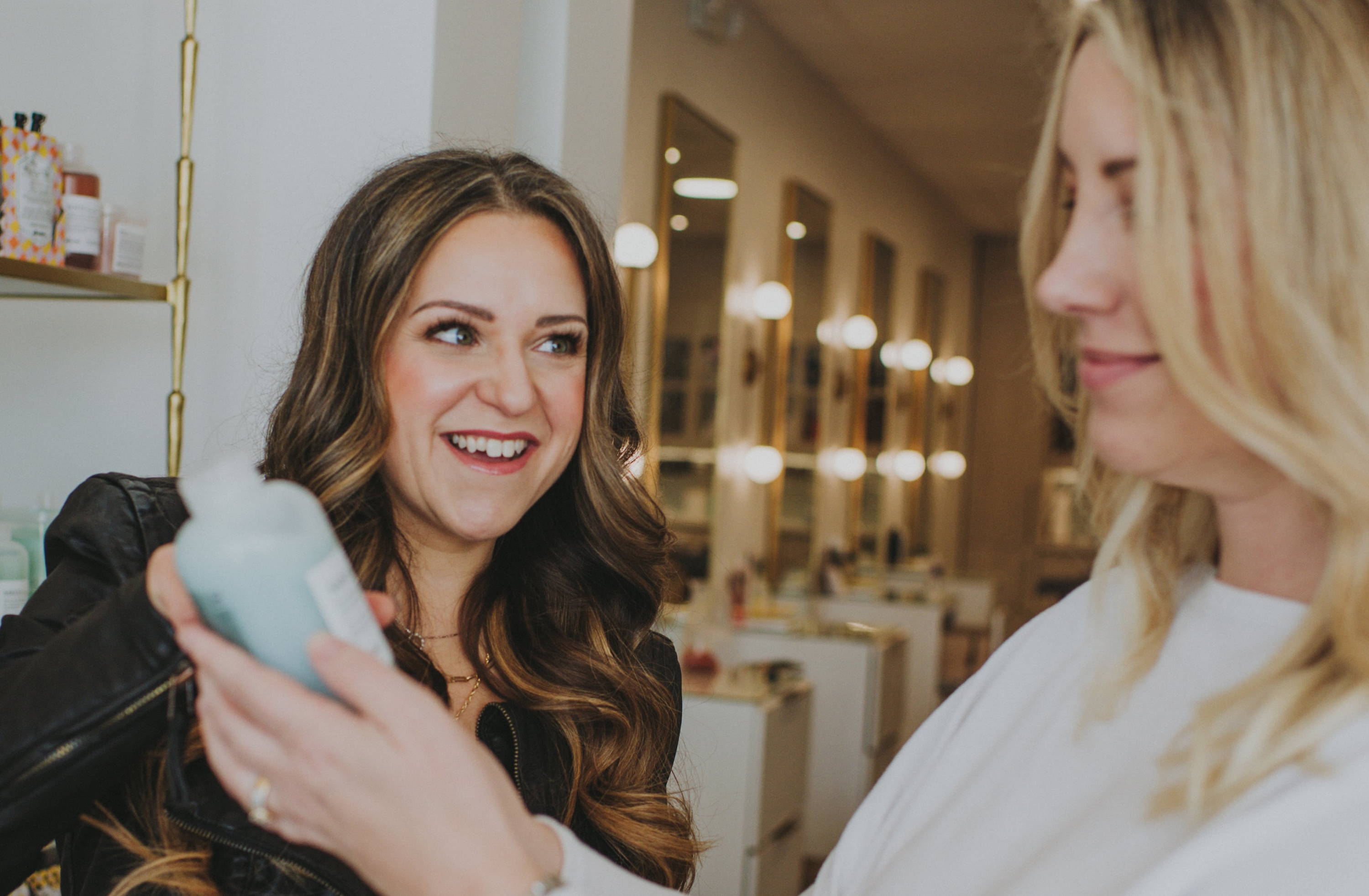
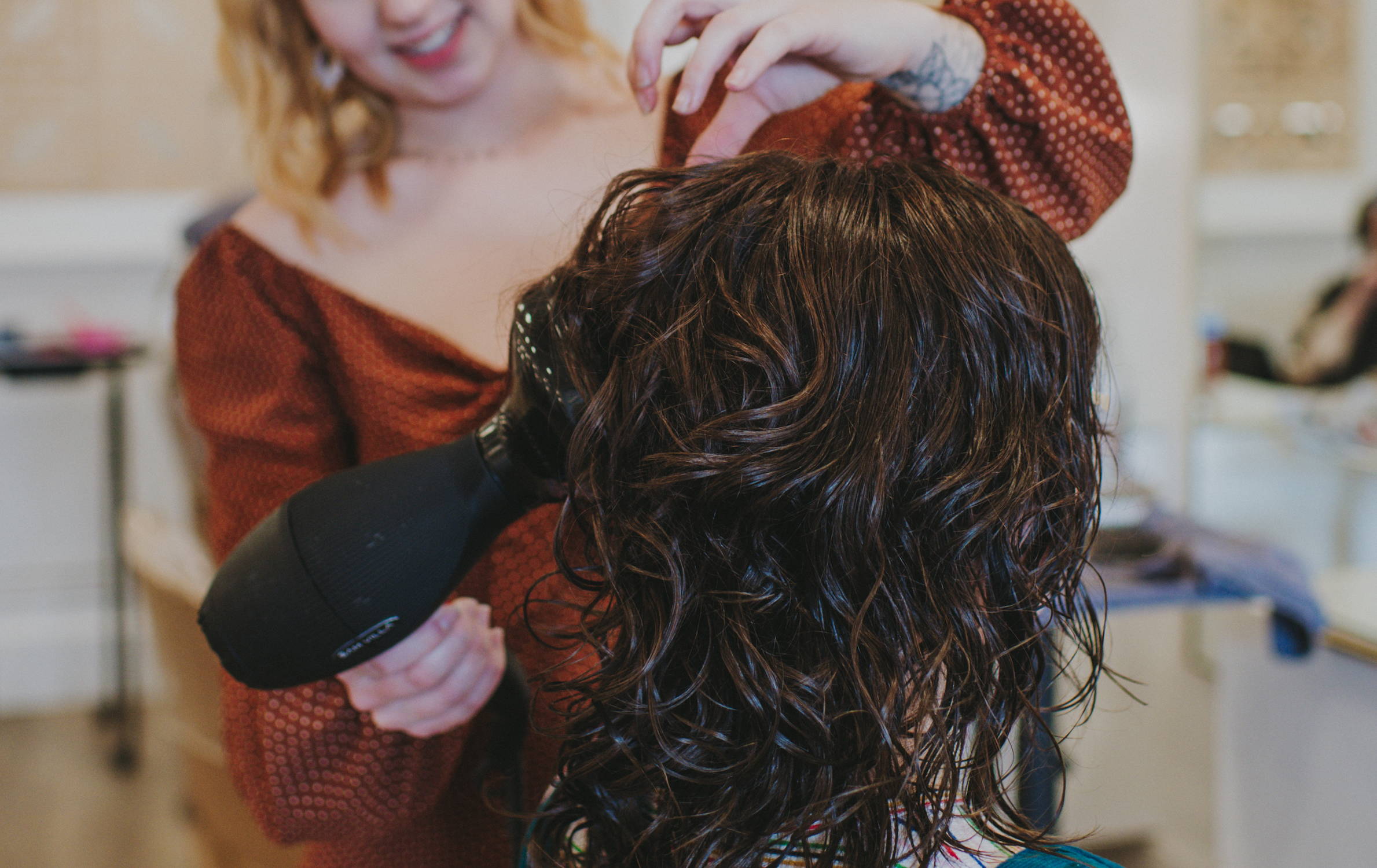
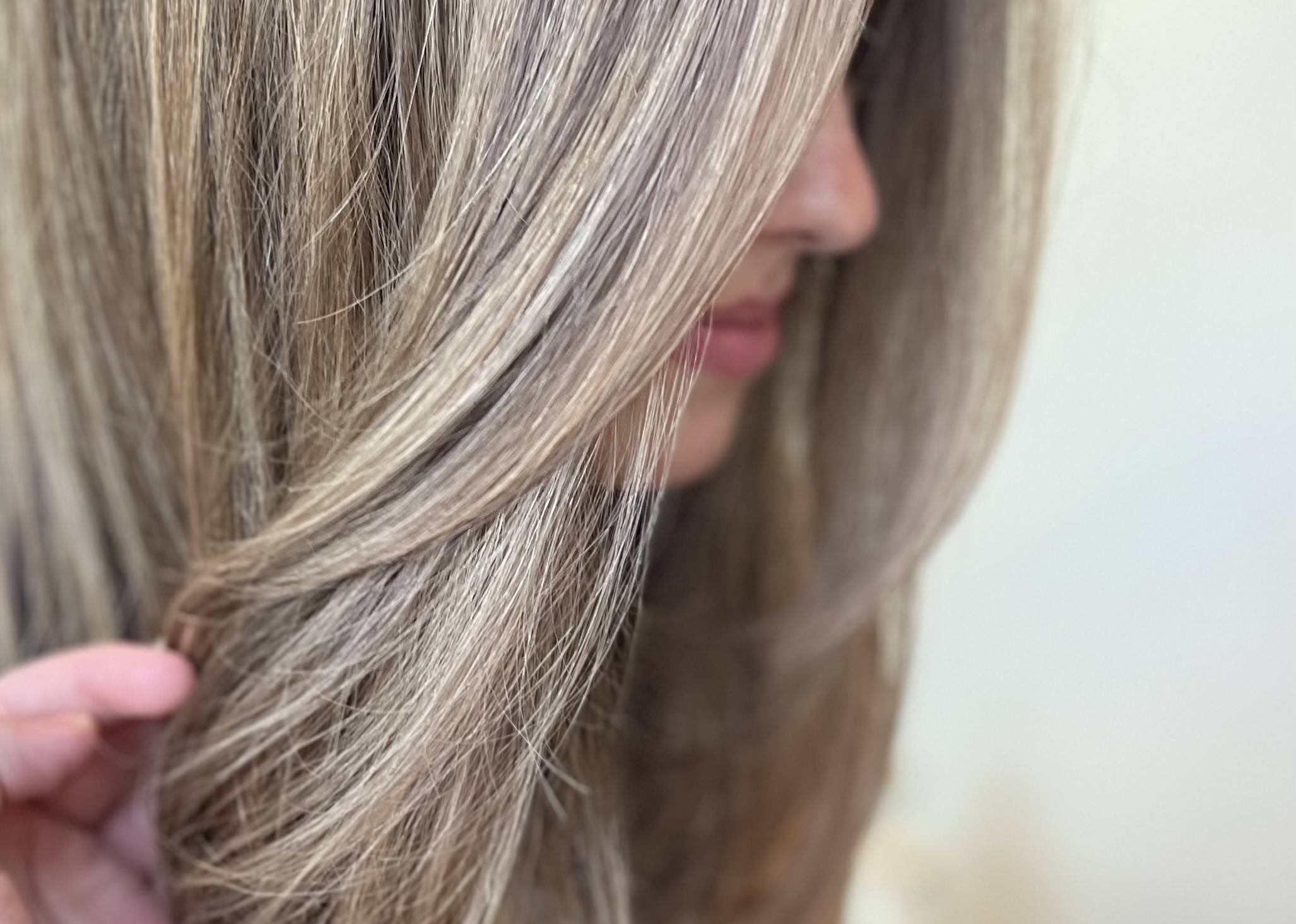



2 Comments
2 Responses
s
October 02, 2023
what is best shampoo and color for silver/white hair
Buy Hair Extension in Ottawa
October 02, 2023
What a fascinating article! Exploring the intricacies of hair levels, colors, and types adds a whole new dimension to understanding hair diversity. Thanks for shedding light on this mysterious and captivating topic!
Leave a comment
Comments will be approved before showing up.